March 03, 2018
By Reza Parchizadeh
The Syrian Army and its Iranian and Russian allies have intensified their air and ground attacks on the opposition forces entrenched around the capital Damascus in the past week. According to human rights groups, 500 civilians have been killed, among them 150 children.
After a long delay, the United Nations Security Council was finally able to adopt a resolution on February 24, which called for a 30-day ceasefire between the warring parties, enabling humanitarian aid to reach the civilian population. The recent fighting seems to have dashed any hopes of a peaceful resolution to the conflict and a smooth end to the Bash al-Assad’s regime.
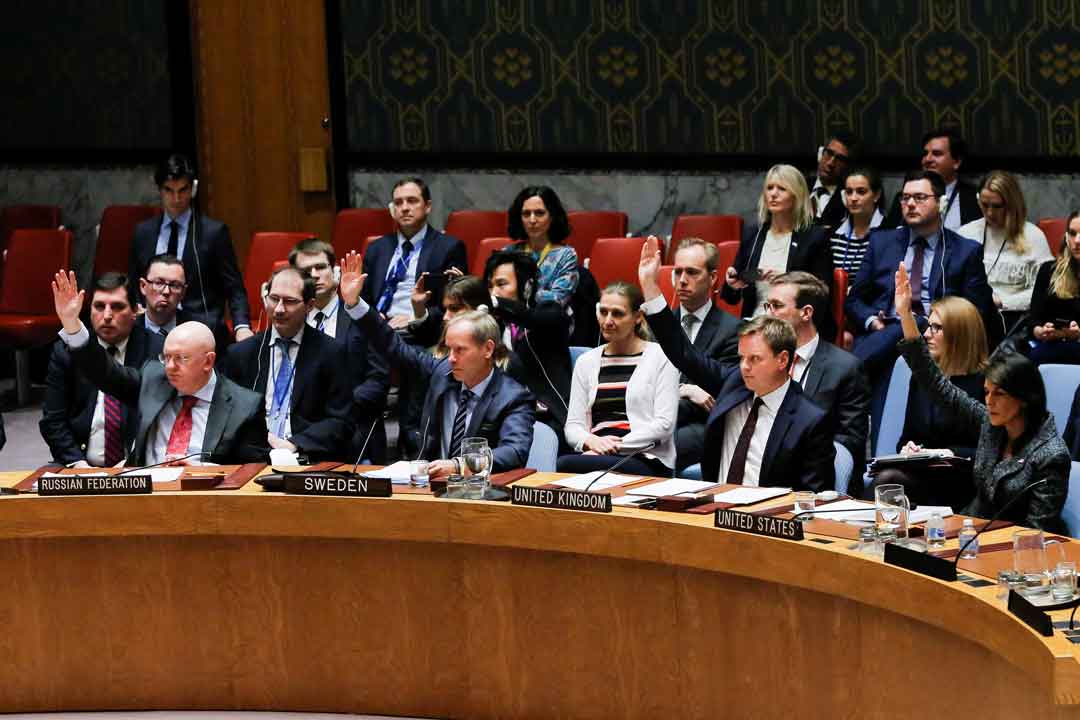
The recent escalation in fighting might be the direct result of the pressure the Iranian regime has been feeling both at home and in the Middle East. The Europeans and the U.S. have been trying to pressure the Islamic Republic into curbing its ballistic missile program and regional ambitions.
Meanwhile, Saudi Arabia and Israel have further tightened the noose around the neck of the Islamic Republic. It would appear that the regime is trying to divert attention from its activities by deepening the humanitarian crisis in Syria.
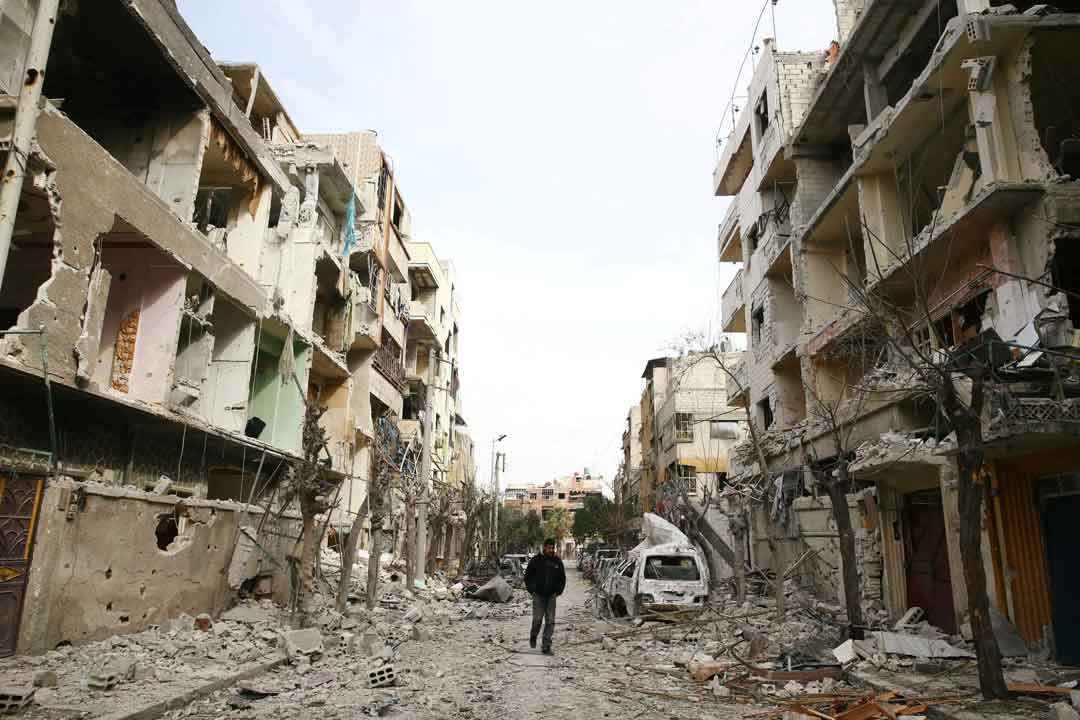
The Islamic Republic also has other motives for being involved in the Syrian conflict. The Muslim leadership in Iran was trying very hard to unify the Shia communities in Iraq, Syria, and Lebanon in the 1960s. It also reached out to the Shia population in Bahrain after the 1979 Islamic Revolution. In the past 50 years, Iranian Islamists have strengthened their ties with Shia groups in Iraq and southern Lebanon and with the Syrian Druze and Alawite communities.
The majority Shia population of the Middle East is known as the “Shia Crescent,” with Syria as its most strategic center. Loss of Syria will disrupt Iran’s direct access to Hezbollah and to Palestinian Jihadist groups in Gaza. It means the disintegration of the Shia Crescent.
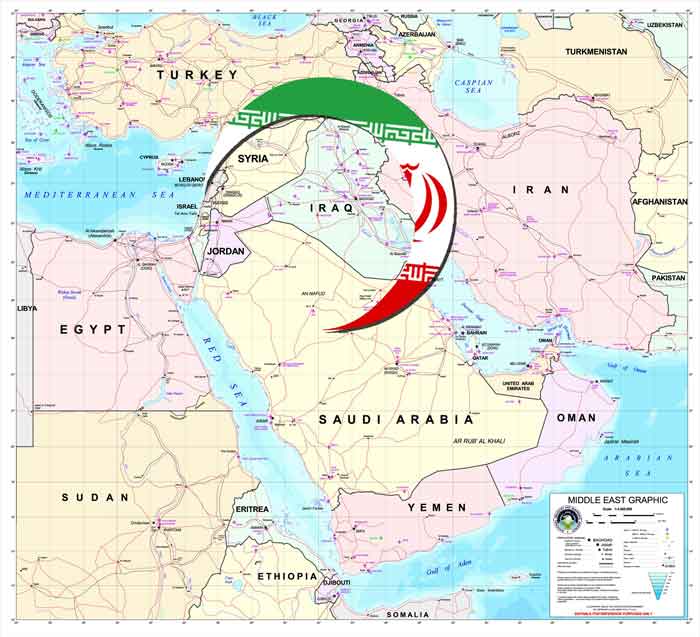
Loss of Syria will also weaken the Islamic Republic’s position in the geopolitical power struggle against its Sunni rival Saudi Arabia. It will further deny the regime land access to Israel. In other words, Syria is a major artery that gives Iran access to the western part of the Middle East. If severed, Iran will lose its considerable strategic advantage in the region. It is, therefore, not surprising that the regime is hell-bent on maintaining its presence and sphere of influence in Syria.
It was precisely for this reason that the regime in 2015 halted its nuclear program, a source of great concern to former U.S. President Barack Obama and to European governments. But Tehran is not willing to give up its claim over Syria, even in the face of fierce opposition from Saudi Arabia and Israel. The regime can very quickly resume its nuclear activity. There are rumors that Tehran has been seeking the help of Russia and North Korea in this regard.
Syria, Iraq, and Lebanon are strategically critical to Iran. Mehdi Taeb, the representative of the Supreme Leader Ayatollah Ali Khamenei in the Islamic Revolutionary Guards Corps (IRGC), has described Syria as Iran’s 35th province. Mr. Taeb has said that defending Syria is even more important than protecting the oil-rich southern province of Khuzestan.
What impact will the fall of Assad and disintegration of the Shia Crescent have on Iran’s domestic situation?
To answer this question, we must first understand the Islamic Republic’s doctrine. By exporting the Islamic Republic’s ideology to other countries — creating a formidable Shia front against majority Sunni nations in the Middle East, and broadening its sphere of influence in the region — the theocratic regime in Iran is trying to morph into a Soviet-style totalitarian regime with an imperialist foreign policy. The system becomes more oppressive and despotic inside the country as it expands its influence abroad. It attacks all democratic institutions in Iran.
It could, therefore, be argued that democracy will have a chance to grow inside Iran if the regime’s power and influence were to wane in the region. However, this is an unlikely scenario, because the Islamic Republic will not abandon its regional ambitions anytime soon.
EDITORS’ NOTE: The Shia Crescent is the notionally crescent-shaped region of the Middle East where the majority population is Shia, or where there is a substantial Shia minority in the community. The term was coined in 2004 by King Abdullah II of Jordan at a time when Iran was reportedly interfering in Iraq in the run-up to the January 2005 parliamentary elections.


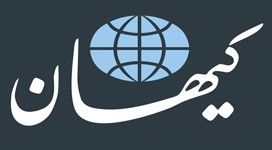
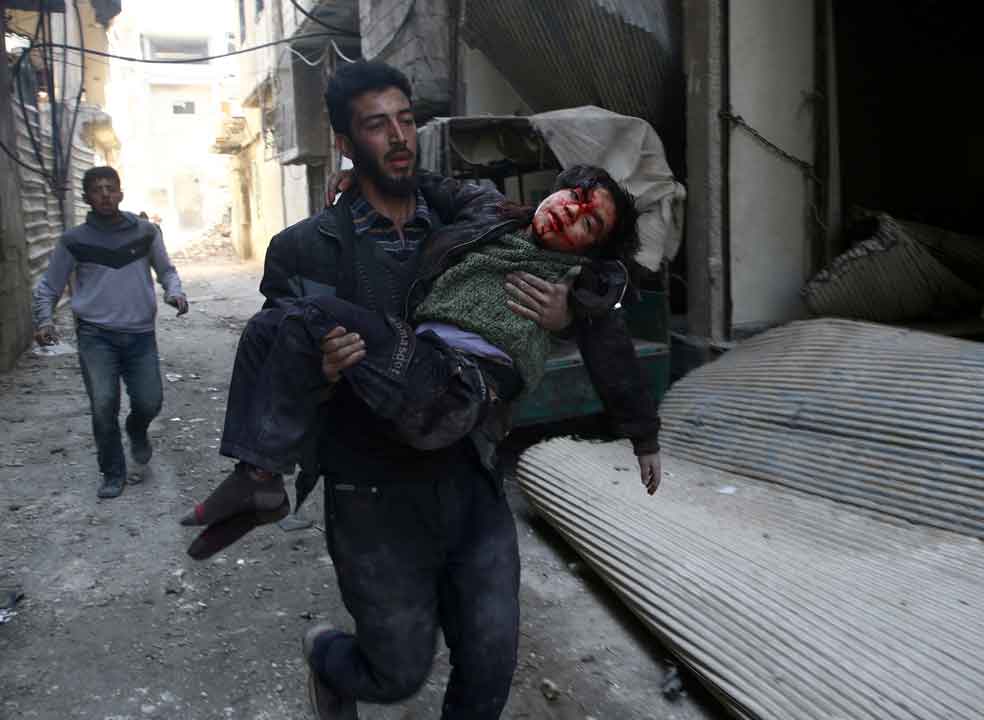
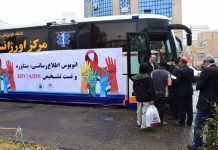
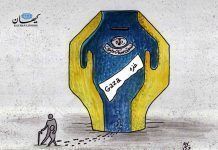
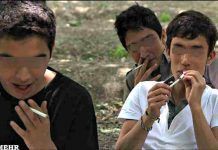



Thank you for your great article. It came in very handy, as discussing this issue with a former associate, teaches in one of those AZAD,colleges in Iran. I told him how the writer has accurately illustrated and unraveled this very complicated Iran,s policy in Syria.He said: in my class room ,l cant talk abut the geop0lical,strategical and what so ever. We only say, we are in Syria,to die and kill ,protecting the 14th Imam,s,grand,grand,grand, grand mother’s rotten bones.THAT IS ALL MATTER